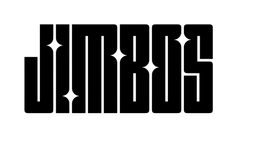What Is the Difference Between Compound and Polish?
Ever wonder why some products are called compounds and others are called polishes? Or if there’s even a difference at all? The truth is, the line between them is a lot blurrier than most people think.
In this post (and the video below), I’ll explain the real differences—and why I called my formula Picture Perfect Polish instead of a “compound.”
Compound vs Polish: The Traditional View
Traditionally, these terms meant:
- Compound: Aggressive product for removing heavy swirls, scratches, or oxidation
- Polish: Lighter product for refining the finish and enhancing gloss
In a perfect world, you'd use a compound to correct defects, then a polish to clean up the haze and boost clarity. But that’s not the full story anymore.
The Line Is Blurred by Modern Formulas
With today’s abrasive technology, many products can both cut and finish—especially when paired with the right pad and tool.
This is exactly why I created Picture Perfect Polish as a “polish” that can also correct. It’s built to work like a one-step compound/polish hybrid with zero dust, great wipe-off, and pro-level clarity.
Picture Perfect Polish – Cut and Finish in One Step
- Built with high-quality American abrasives
- Zero dust, easy wipe-off, pro finish
- Pad-dependent for more or less correction
No need for separate compound and polish bottles. Simplify your process without sacrificing results.
What Really Matters: Abrasives and Oils
The difference between a compound and a polish comes down to the type and quality of abrasives—and how they're blended with oils. This affects how much it cuts, how cleanly it finishes, how long it stays wet, and how easily it wipes off.
Related Posts



